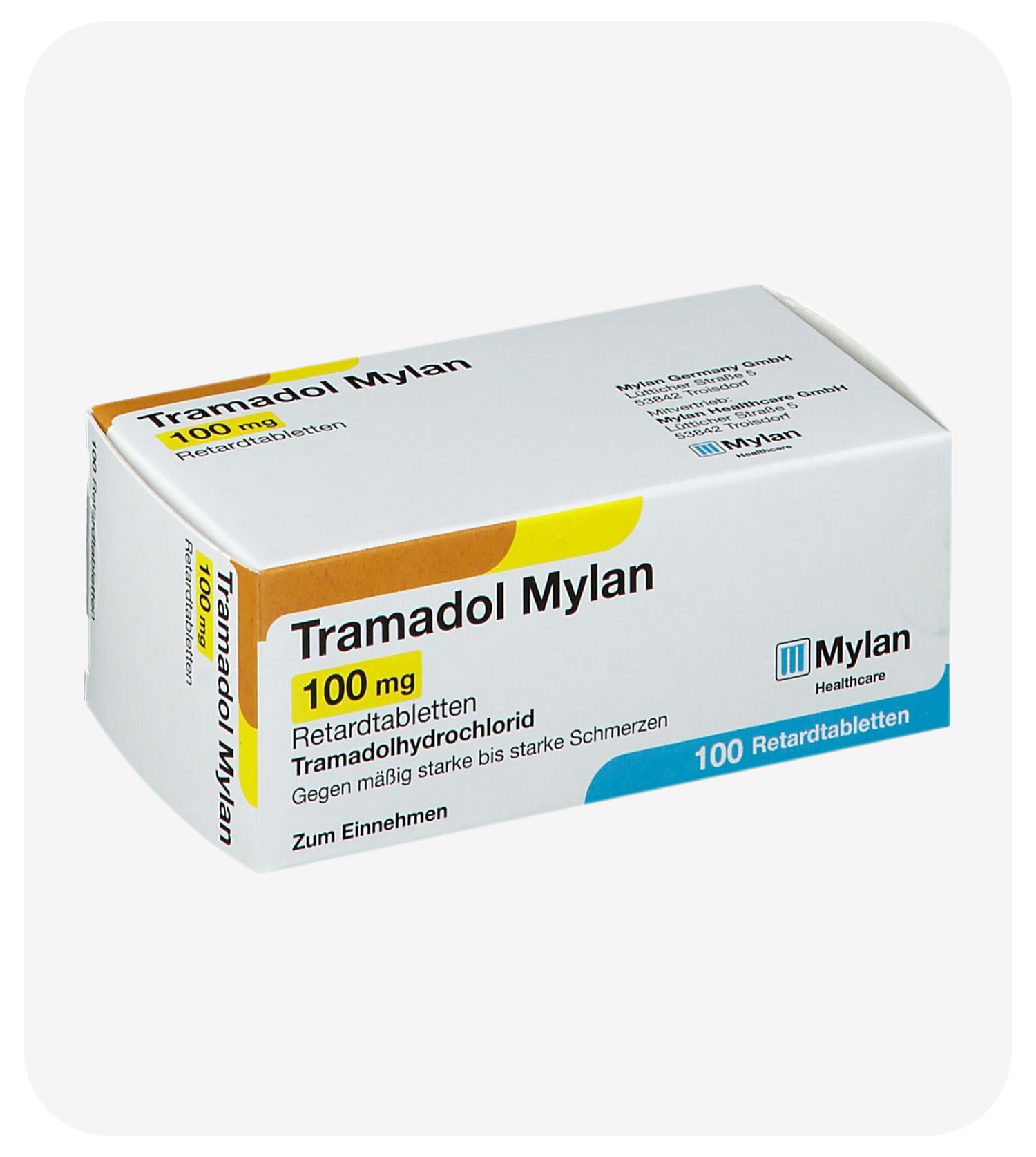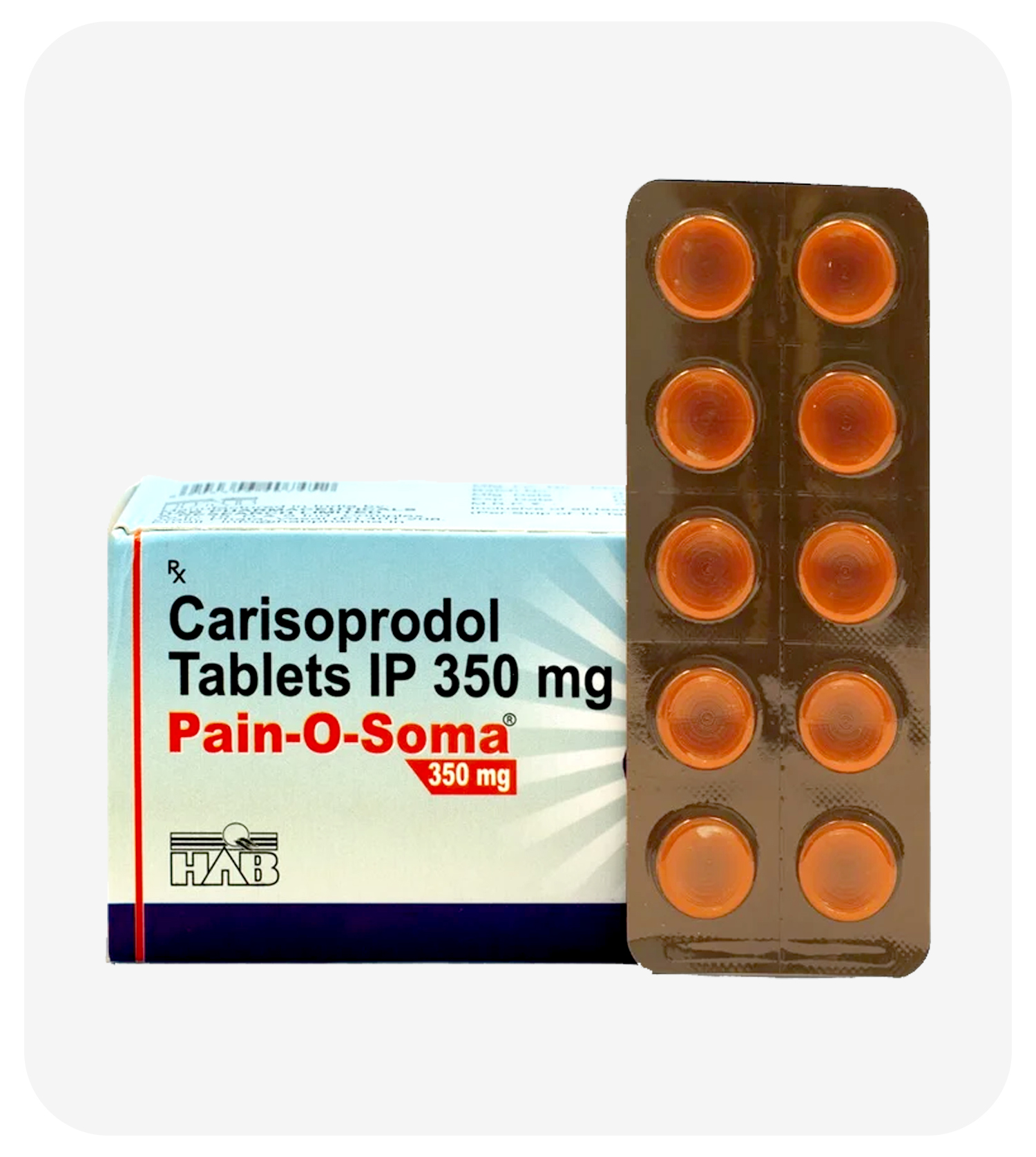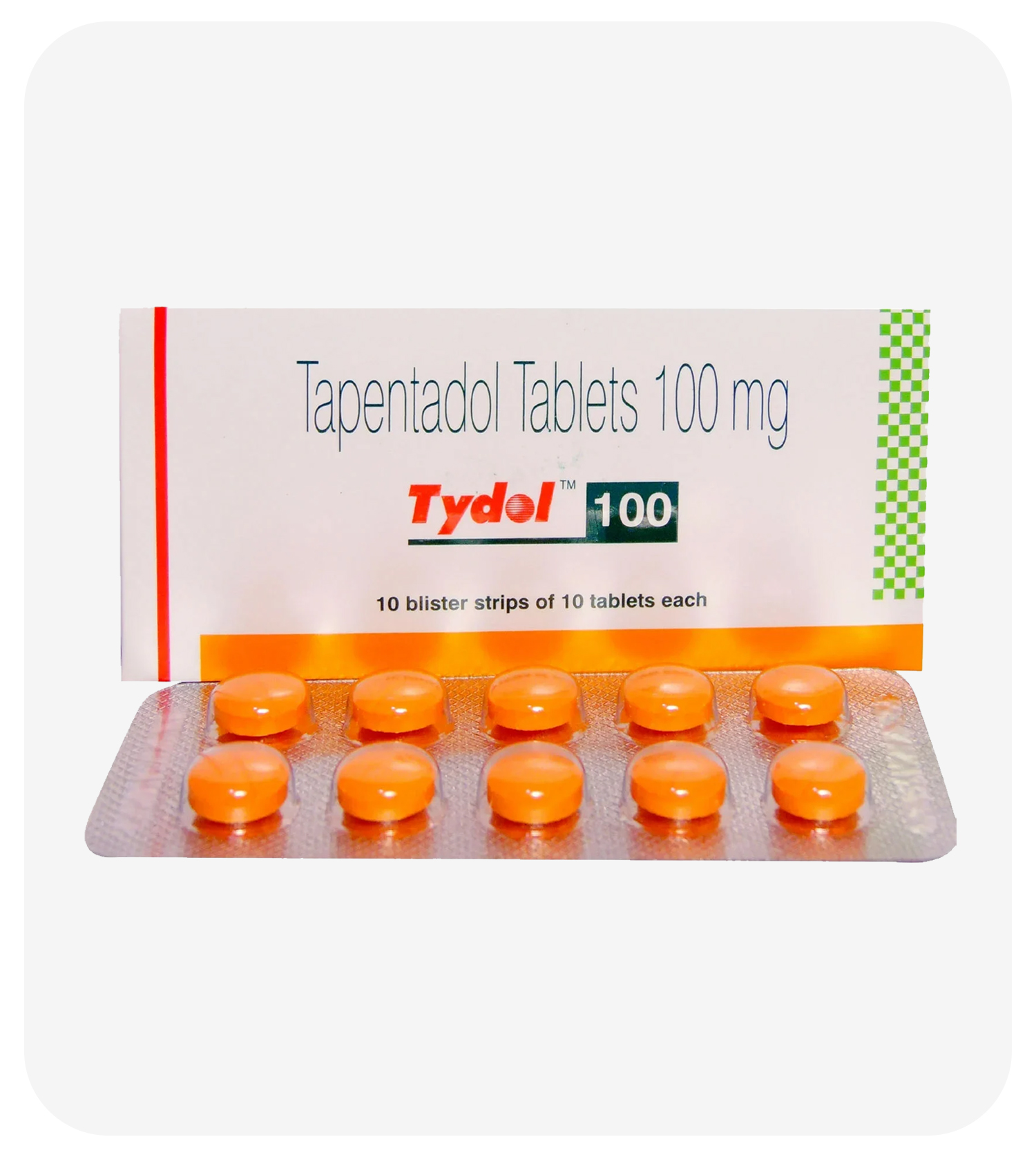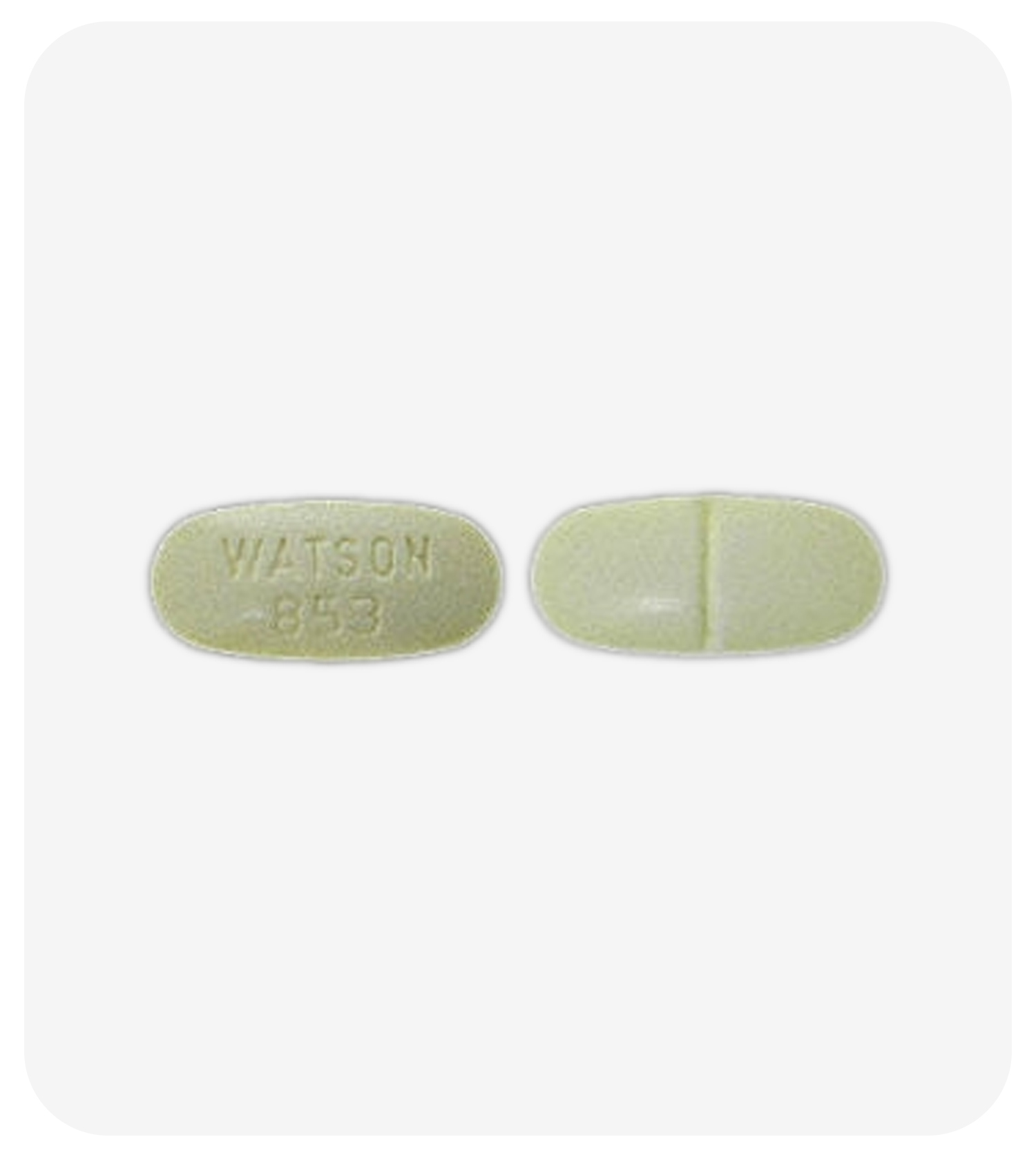Tramadol
| 100mg | |||
|---|---|---|---|
| Qty | Pack Price | Action | |
| 100 Tablets |
$285.00
|
|
|
| 200 Tablets |
$550.00
|
|
|
| 300 Tablets |
$750.00
|
|
|
| 400 Tablets |
$900.00
|
|
|
| 50mg | |||
|---|---|---|---|
| Qty | Pack Price | Action | |
| 100 Tablets |
$200.00
|
|
|
| 200 Tablets |
$360.00
|
|
|
| 300 Tablets |
$530.00
|
|
|
| 400 Tablets |
$700.00
|
|
|
Tramadol-Ultram Online Information for pain relief Tramadol Online for Pain Relief, Benefits, Proper Use, and Safety precautions Tramadol is a prescription medication commonly used to relieve moderate to moderately severe pain. Here’s an overview of its uses, effects, dosage guidelines, and safety precautions. 1. What is Tramadol? • Tramadol is an opioid analgesic (pain reliever) that works in the central nervous system (CNS) to help reduce pain sensations. It’s often prescribed to manage pain after surgery, injury, or conditions that cause chronic pain, such as arthritis.
Buy Tramadol 100mg Online
Tramadol is an oral medication that is used to help relieve ongoing moderate to moderately server pain. It is similar to opioid (narcotic)analgesics and works in the brain to change how your body feels and responds to change. Tramadol is a narcotic-like pain-relieving oral medicine that is used as a treatment for moderate to server pain in adults. The extended realize tablet formulation of this drug is used to treat moderate to server chronic pain when treatment is needed around the clock. The medication must be prescribed by a doctor and is available by prescription only.
Patients taking this drug should alert their doctor about any problems from the use of medication and usual side effects or symptoms or troublesome side effects.
Why it is Used
- Tramadol is used to treat moderate server pain.
- Tramadol may be used as a part of combination therapy this means you may need to take it with other medications.
Tramadol is a unique compound with both a moderate mu-opioid effect(when compared to classic opioids)and a moderate monoaminergic effect(When compared to tricyclic) tramadol has more side effects Tramadol is a synthetic (man-made)pain reliever(analgesic).
Research and doctors do not know the exact mechanism of tramadol, but it is similar to Morphine, Like Morphine, tramadol binds to receptors in the brain(narcotic and opioid receptors) that are important to transmitting the sensation of pain from throughout the body to the brain like other narcotic used to treat pain IQ, patients taking tramadol may abuse the drug and become addicted to it. Tramadol is not a nonsteroidal anti-inflammatory drug(NSAID), Therefore it does not have the increased risk of stomach ulcers and internal bleeding that can occur with NSAID.
The doctor prescribes tramadol to manage moderate to moderately serve pain. Extended-release tablets are used for moderate and moderately serve chronic pain in adults who reacquired continuous treatment for an extended period.
Tramadol should not be used to treat pain in children younger than 12 years of age and it should not be used to treat pain after surgery to remove the tonsils and adenoids in children younger than 18 years of age. Children between 12to18 years of age who are overweight or have breathing problems such as obstructive sleep apnea or serve lung disease should not receive tramadol.
Dosage of Tramadol Should Be Given As Follows:
- 100 mg orally once daily initial increased by 100mg/day every five days, not to exceed 300mg /day
- Conversation for intimidating release to extended-release/ round total daily dose down to nearest 100mg
- Do not chew, crush, split or dissolve
How Tramadol Works
-
Tramadol belongs to a drug called opioid agonists. A class of drugs is a group of medications that work in a similar way. These drugs are often used to treat similar conditions.
- Tramadol works by changing how your brain sense pain. The receptors then decrease the pain message that your body sends to your brain. Tramadol works in a similar way to decrease the amount of pain your brain thinks you are having.
Drugs You Should Not Use With Tramadol
Do not take these drugs with tramadol. Doing so can cause dangerous effects on the body. For example, these drugs do not use Carbamazepine -Taking this medication with tramadol may make tramadol less effective in relieving your pain.
Tramadol-Ultram Online Information for pain relief
Tramadol Online for Pain Relief, Benefits, Proper Use, and Safety precautions
Tramadol is a prescription medication commonly used to relieve moderate to moderately severe pain. Here’s an overview of its uses, effects, dosage guidelines, and safety precautions.
1. What is Tramadol?
- Tramadol is an opioid analgesic (pain reliever) that works in the central nervous system (CNS) to help reduce pain sensations. It’s often prescribed to manage pain after surgery, injury, or conditions that cause chronic pain, such as arthritis.
2. Common Uses of Tramadol
- Acute Pain Relief: Effective for short-term pain management following surgeries, dental procedures, or injuries.
- Chronic Pain Management: Prescribed for long-term conditions like osteoarthritis, back pain, or neuropathic pain that don’t respond well to over-the-counter pain relievers.
- Moderate to Severe Pain: Ideal for pain that is intense enough to require an opioid analgesic but not severe enough for stronger narcotics.
3. How Tramadol Works
- Tramadol affects the brain by binding to opioid receptors and inhibiting the reuptake of neurotransmitters like serotonin and norepinephrine. This dual action modifies how the brain perceives pain, leading to relief from discomfort and improvement in overall functionality.
4. Dosage and Administration
- Immediate-Release Tablets: Typically taken every 4 to 6 hours as needed, with a starting dose of 25 mg to gradually increase based on tolerance and efficacy.
- Extended-Release Tablets: Used for continuous, around-the-clock pain management, usually taken once daily. The dosage varies depending on individual needs and doctor recommendations.
- Dosage adjustments are common and depend on the patient's pain level, medical history, age, and response to treatment. Always follow a healthcare provider’s instructions for safe use.
5. Potential Side Effects
- Common Side Effects: Nausea, dizziness, constipation, drowsiness, and headache.
- Serious Side Effects (less common): Seizures, difficulty breathing, serotonin syndrome (especially when combined with other medications that increase serotonin), and allergic reactions.
- Long-term or high-dose use can lead to dependence, making it important to use Tramadol only as directed.
6. Precautions When Using Tramadol
- Short-Term Use: Tramadol is generally used short-term unless otherwise advised by a physician due to the risk of dependence and tolerance.
- Avoid Alcohol: Combining Tramadol with alcohol can increase the risk of severe side effects, including respiratory issues.
- Monitor for Signs of Abuse: As an opioid, Tramadol can be habit-forming, so it should be used cautiously in patients with a history of substance abuse.
- Other Drug Interactions: Tramadol may interact with certain antidepressants, anti-anxiety medications, and other drugs that affect serotonin levels.
7. Who Should Avoid Tramadol?
- Tramadol is not recommended for children under 12 years old or for individuals with severe respiratory problems.
- Pregnant or breastfeeding women should avoid using Tramadol unless absolutely necessary, as it may harm the infant.
- Patients with a history of seizures or serious head injuries should discuss these conditions with their healthcare provider before using Tramadol.
8. Managing Withdrawal and Dependence
- Long-term use of Tramadol may lead to dependence, so stopping the medication suddenly can cause withdrawal symptoms. Healthcare providers typically recommend a gradual tapering plan to safely discontinue use.
Tramadol can be an effective option for managing pain, but it should be used under close medical supervision to minimize risks. Always consult with a healthcare provider to determine if Tramadol is appropriate for your needs.
Submit Your Review
Your email address will not be published. Required fields are marked *






